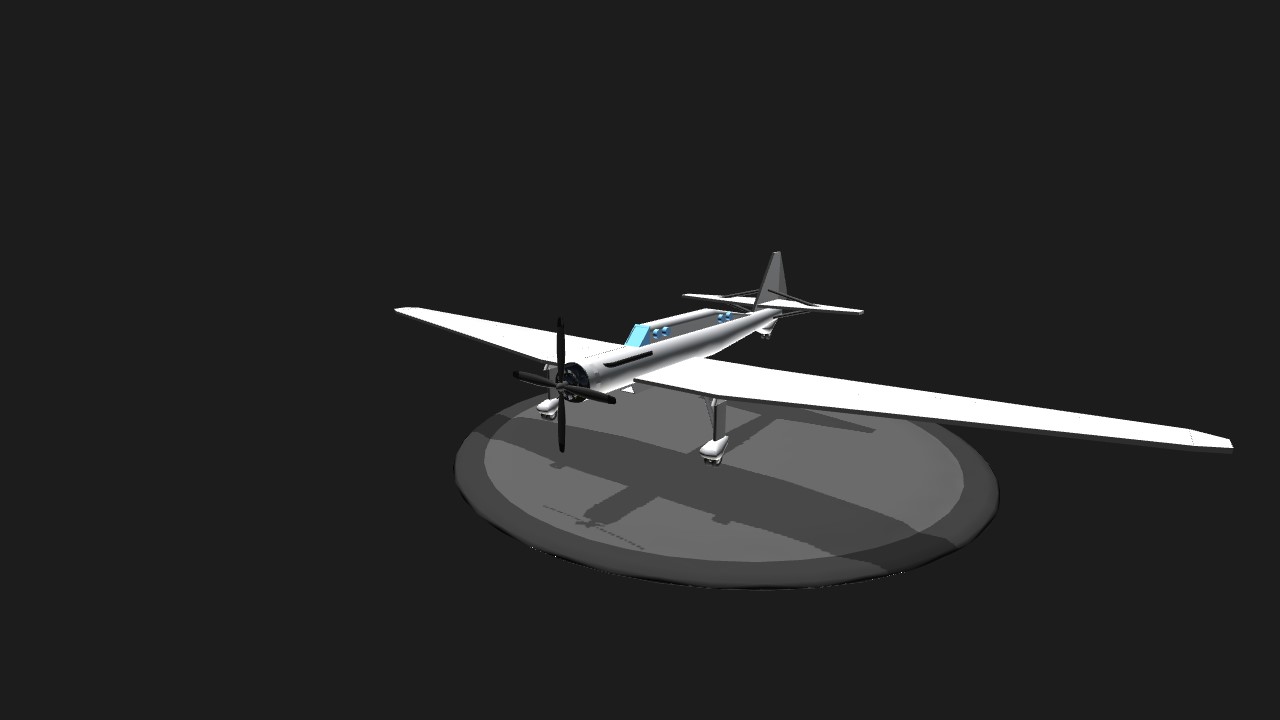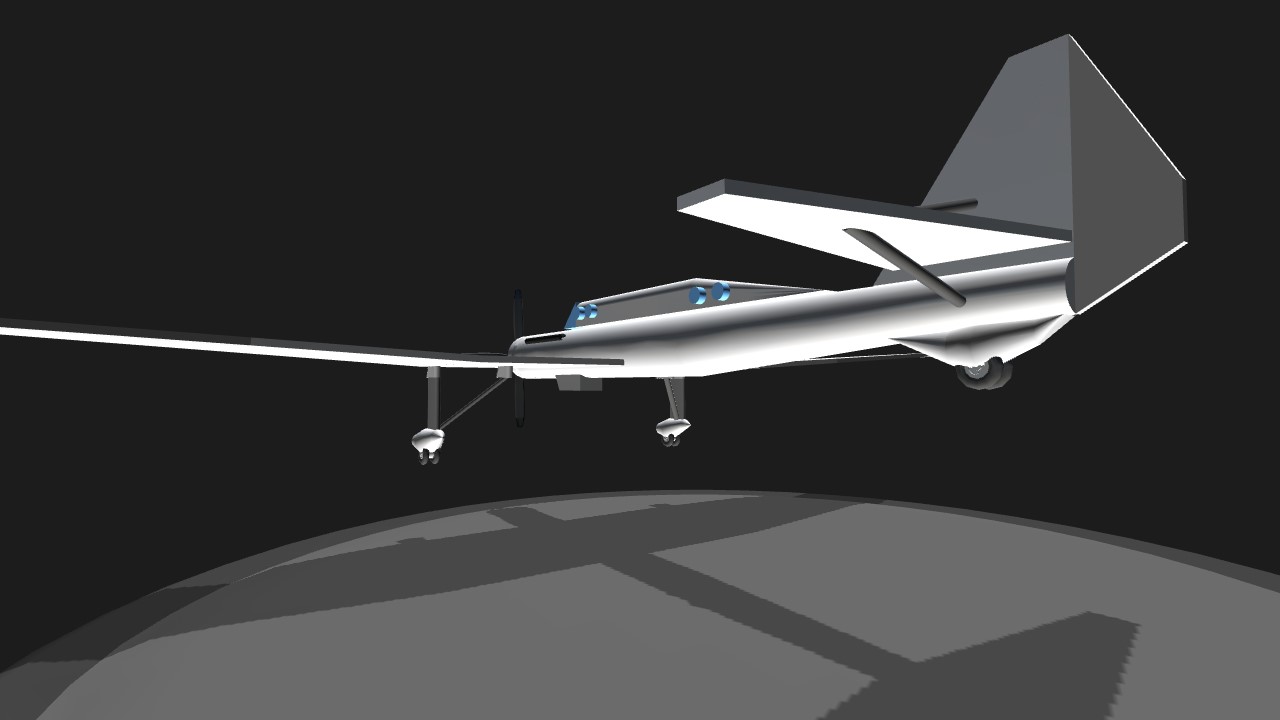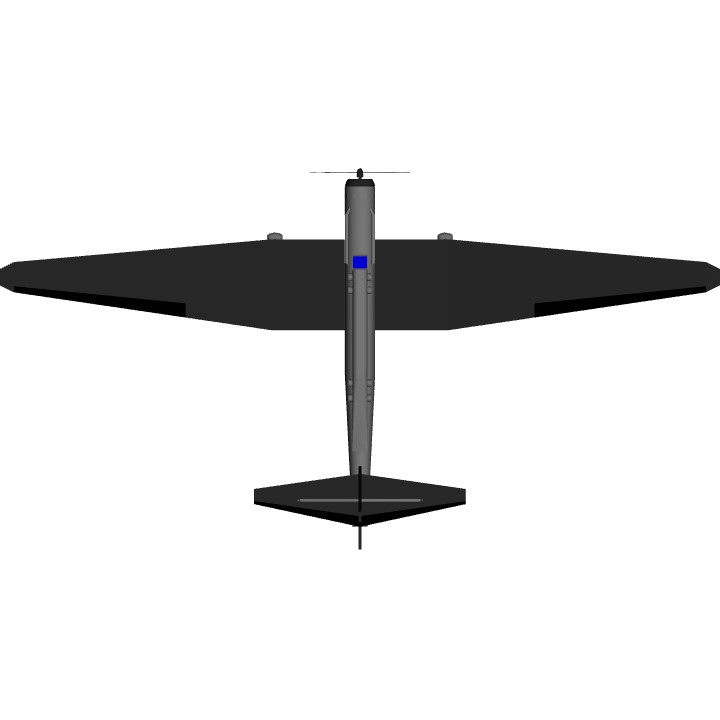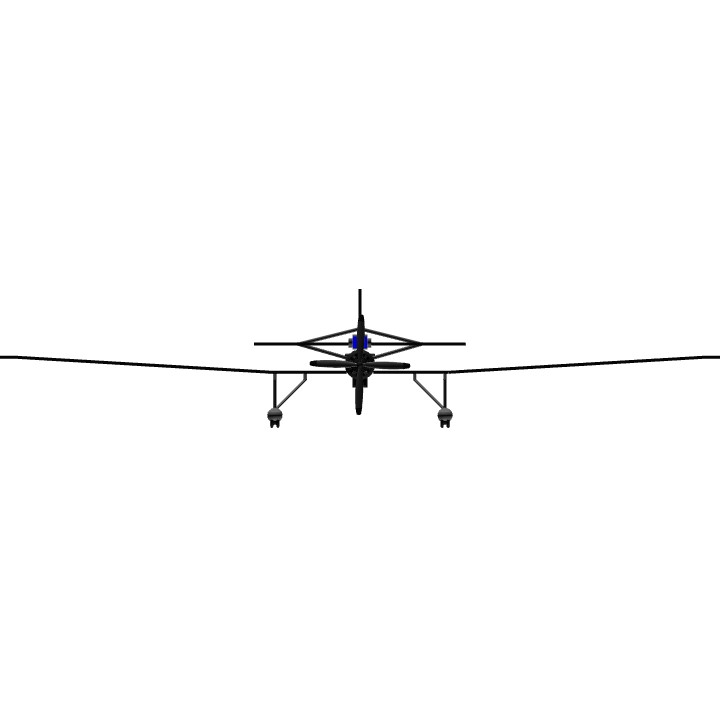One of Chizhevskii's first assignments was to create an aircraft to explore flight at extreme altitudes. Close links between the USSR and Junkers resulted in Chizhevskii sending a team to study the Ju 49, and in particular, its pressurized cabin. This strongly influenced their thinking, and led to many studies for a Soviet counterpart. By this time, Andrei Tupolev had designed the long-range ANT-25, and to save time, Chizhevskii used this as the basis for the BOK-1. The BOK-1 was built at State Aircraft Factory No.35 at Smolensk, where it was first flown by I. F. Petrov in September 1936. It was successfully put through State testing by P. M. Stefanovskii. Shavrov speaks of 'a lighter variant' that achieving greater heights, but there is no evidence of a second BOK-1 being built. The airframe was originally that of the Tupolev ANT-25, but was modified; the span was reduced by fittingnee constant-taper outer panels, restressed for significantly reduced gross weight achieved by greatly reducing the fuel capacity. The massive retractable twin-wheel main landing gears were replaced by lighter fixed units with spatted single wheels. The engine was an AM-34FRN liquid-cooled V-12, rated at 725 hp, driving a three-blade propeller. The main new feature was the pressure cabin, seating the pilot and a backseater who acted as observer, navigator, and radio operator. This cabin was a sealed drum of oval cross-section, with closely spaced frames to bear the bursting stress, constructed of D1 light alloy with 1.8 or 2.0mm skin riveted over a sealing compound. The front and rear were sealed by convex bulkheads. The entry hatch was at the rear, and an escape hatch was provided in the roof. There were five small glazed portholes for the pilot and one on each side ahead of the backseater. There were also four small portholes to admit light to the unpressurized rear fuselage. Flight testing revealed satisfactory flying characteristics and a lack of vibration. On the other hand, on any
Specifications
General Characteristics
- Created On iOS
- Wingspan 78.1ft (23.8m)
- Length 40.8ft (12.4m)
- Height 15.1ft (4.6m)
- Empty Weight 4,829lbs (2,190kg)
- Loaded Weight 10,864lbs (4,927kg)
Performance
- Horse Power/Weight Ratio 0.092
- Wing Loading 16.5lbs/ft2 (80.4kg/m2)
- Wing Area 659.9ft2 (61.3m2)
- Drag Points 4112
Parts
- Number of Parts 62
- Control Surfaces 5
- Performance Cost 320







Whoops, sorry Comrades. I didn't realize that it would cut off half the description of the plane. I guess you'll just have to read about it. Sorry.